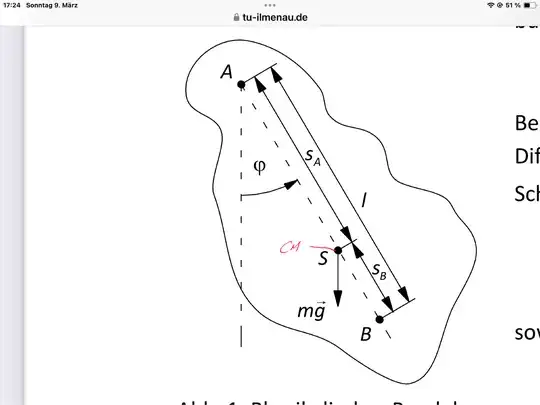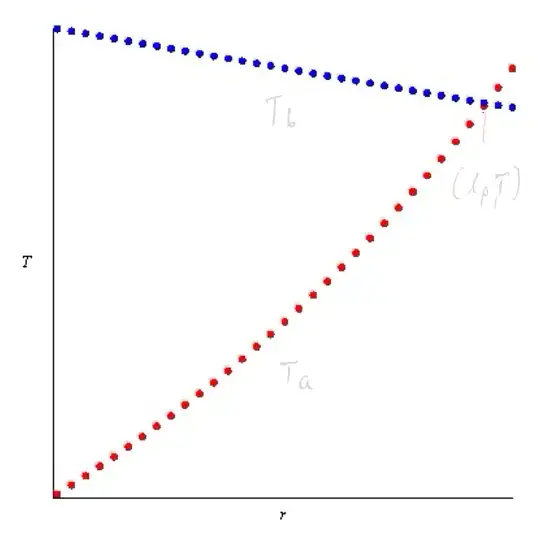Kater's Pendulum, as explained for example here, is a compound pendulum that can be reversed and the period measured from either side's pivot. If a sliding mass is adjusted so that the two periods are the same, then it is stated that the period is the same as that of the simple pendulum:
$$T = 2\pi\sqrt{\ell/g}$$
where $\ell$ is the distance between the pivots. This is advantageous because the center of mass and the moment of inertia do not need to be determined.
However I must be misunderstanding something. Consider a uniform rod with pivots at exactly its two ends. In such a case the period about each pivot will be the same, and so we should be able to use the above formula, where $\ell$ is the rod's length. But we know such a formula would be incorrect, because it is a well-known result that for a uniform rod:
$$T = 2\pi\sqrt{I/mgr_{cm}} = 2\pi\sqrt{\frac{2}{3}\ell/g}.$$
Therefore the commonly-stated description of Kater's reversible pendulum, as behaving as a simple pendulum with $\ell$ the distance between equal-period pivots, cannot be correct. What am I missing?

